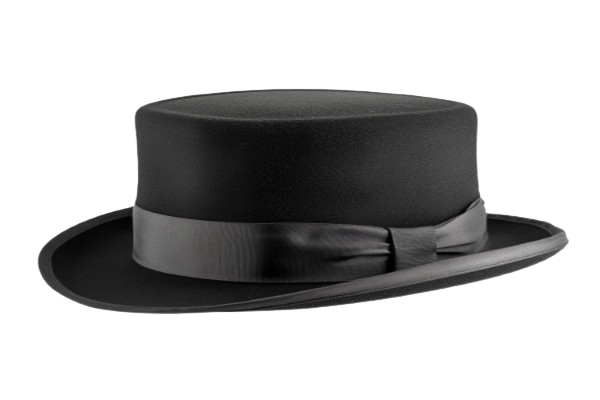“DigitrixMark — Smart SEO Strategies That Drive Real Growth.”
What is Search Engine Optimization (SEO) ?
SEO ( Search Engine Optimization ) is the process of improving a website's visibility on search engines like Google, Bing, or Yahoo. It helps your website rank higher in search results when people search for products or services related to your business. SEO includes several techniques, such as using the right keywords, creating quality content, improving website speed, optimizing images, and building backlinks. The goal is to make your website more user-friendly and trustworthy in the eyes of search engines. When done correctly, SEO drives organic (free) traffic to your site, increases brand awareness, and boosts online sales or leads. It is an ongoing process that requires regular analysis, updates, and consistent effort. In short, SEO helps your business get discovered online by the right audience at the right time without needing to pay for ads.

How does Search Engine Optimization work ?
Search Engine Optimization(SEO), is essentially the practice of fine-tuning your website so that search engines like Google can easily understand what your site is about and find it relevant to what people are searching for. Think of it like making your website speak the same language as search engines. This involves several key areas: making sure your website's structure and technical aspects are clear for search engines to crawl and index, optimizing the content on your pages with relevant keywords that people are actually using, and building your website's authority and trustworthiness in the eyes of search engines through things like getting other reputable websites to link to yours. The better you do this, the higher your website is likely to appear in search results for relevant searches, which means more people will find your site.
ON-PAGE SEO (Search Engine Optimization)
OFF-PAGE SEO ( Search Engine Optimization )
TECHNICAL SEO ( Search Engine Optimization )



On-page SEO means optimizing the content and structure of your website pages to rank higher on search engines. It includes using the right keywords, headings, meta tags, images, and internal links to make your site more user-friendly and search-friendly.
Off-page SEO means improving your website’s popularity on the internet through activities done outside your site. It includes getting backlinks, social media promotion, and online mentions to build trust and help your website rank higher on search engines.
Technical SEO means improving your website’s backend to help search engines crawl and index it easily. It includes fixing site speed, mobile-friendliness, broken links, and secure connections, making your site work better and rank higher on search engines.
“White, Black & Grey Hats — The Real Shades of SEO Strategy”
BLACK HATS SEO

WHITE HATS SEO

GREY HATS SEO


